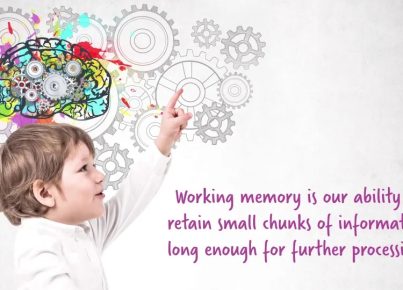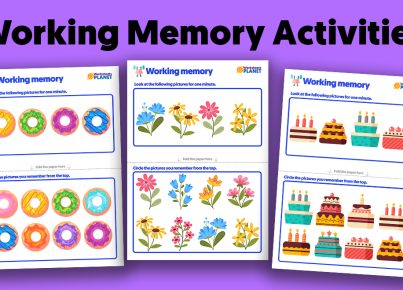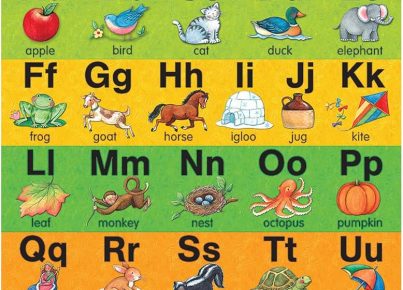Introduction
In the ever-evolving world of science, it’s essential to provide children with a solid foundation for understanding complex concepts. One crucial aspect of scientific learning is building mental models, which are simplifications of real-world phenomena that help learners make sense of the world around them. In the science classroom, creating mental models can support children in developing critical thinking, problem-solving skills, and a deeper understanding of scientific concepts. Here are some practical techniques educators can employ to help children construct mental models in the science classroom.
1. Emphasize the relevance of scientific concepts
One way to inspire children to engage with science is by relating it to their own lives and experiences. By providing examples that demonstrate how scientific concepts are part of their daily lives and interests, children will be more invested in learning. This approach can also be helpful for demonstrating cause-effect relationships as they construct mental models.
2. Provide visual aids and hands-on activities
Giving children opportunities to manipulate physical objects and observe scientific phenomena directly can aid in creating accurate mental models. Visual aids such as diagrams, illustrations, or videos, along with hands-on experiments and observations, can provide concrete experiences that reinforce learning.
3. Encourage questioning and experimentation
Children should be encouraged to ask questions about scientific concepts they’re exploring and be given opportunities to investigate their own hypotheses through experiments. This inquiry-based approach fosters curiosity, critical thinking, and problem-solving—all vital components for building mental models effectively.
4. Teach multiple perspectives or solutions
Science is not always black and white—there might be multiple explanations or solutions to a problem or question. When exploring a concept or phenomenon, highlight any controversies or differing viewpoints so that children develop a more nuanced understanding of the topic at hand. This also encourages them to consider alternative explanations when forming their own mental models.
5. Use analogies and metaphors
Comparing unfamiliar scientific concepts to familiar ideas using analogies and metaphors can help children form connections and better understand new topics. However, it’s essential to explain the limitations of these comparisons, as they may not always entirely represent the whole concept.
6. Facilitate peer discussion and collaboration
Collaborative learning through group work or peer discussions can be a powerful way for children to extend their understanding by comparing and contrasting their own mental models with those of their classmates. This exchange allows learners to revise their mental models by integrating new insights and finding potential weaknesses in their pre-existing understanding.
7. Provide opportunities for reflection
Effective mental model building involves reflecting on one’s learning process, identifying misconceptions or gaps in knowledge, and revising models based on new information. Encourage children to evaluate their own understanding, identify areas for improvement, and synthesize any new insights gained during the course of their learning.
Conclusion
Helping children construct mental models in the science classroom is an important aspect of fostering lifelong learning skills. By employing strategies that emphasize relevance, provide visual aids and hands-on experiences, encourage questioning and experimentation, teach multiple perspectives, use analogies and metaphors, facilitate peer discussion and collaboration, and promote reflection, educators can offer a supportive environment where children can develop a deep understanding of scientific concepts and build effective mental models for future problem-solving endeavours.





